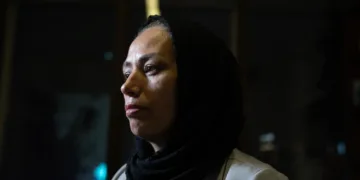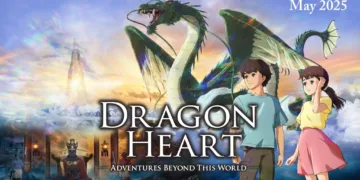Netflix’s latest drama, “La Palma,” has gripped audiences worldwide with its powerful depiction of a volcanic disaster. While the show has grown in popularity, it raises crucial considerations about scientific truth and the distinction between entertainment and realism in disaster stories.
Produced in Norway, “La Palma” has swiftly become one of Netflix’s most popular shows. The series tells different stories of a cataclysmic volcanic catastrophe in La Palma, one of Spain’s Canary Islands. A central plot revolves around a Norwegian family—Jennifer, Fredrik, and their children, Sara and Tobias—whose vacation transforms into a deadly battle for survival. Another thread follows Marie, a young geologist who finds early warning signals of an impending eruption at the island’s Cumbre Vieja volcano.
Real-world occurrences and scientific arguments inspire the show. La Palma’s Cumbre Vieja volcano erupted in 2021, causing substantial property destruction but no fatalities during its three-month eruption. The series takes creative liberties, embellishing this historical event with dramatic features such as discussions over the possibility of a mega-tsunami—an idea that remains contentious among academics.
Critics have argued that the producers of “La Palma” exaggerated scientific situations, particularly when presenting a large tsunami slamming the US East Coast. While research at schools such as the University of California, Santa Cruz, have looked into tsunami dangers from La Palma, experts warn that the scale shown in the series is extremely unlikely.
The show’s climactic sequences have provoked much controversy among viewers. One particularly disputed scene depicts characters surviving an 80-foot tsunami inside an airliner, which many believe pushes reality beyond acceptable limits. Despite this, the series has received accolades for its great character development and portrayal of human suffering, particularly Marie’s experience as a survivor of the 2004 Indian Ocean tsunami.
“La Palma” also delves into public safety and disaster management issues. The series explores the delicate balance between delivering evacuation warnings and the potential ramifications, a real issue for emergency personnel, through Marie and her supervisor, Álvaro.
While the show deviates from scientific facts for dramatic effect, it successfully increases awareness of the real consequences of volcanic activity in the region. It acts as a reminder of the 2021 eruption’s impact on local populations while being entertaining with its heightened disaster possibilities.
The international success of “La Palma” demonstrates the enduring popularity of disaster narratives that combine scientific components with human experiences. Although the series is not accurate, it engages viewers in meaningful discussions about natural disasters and emergency planning, demonstrating the ability of disaster fiction to address real-world issues.
















































